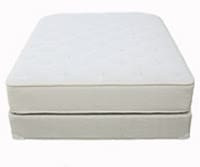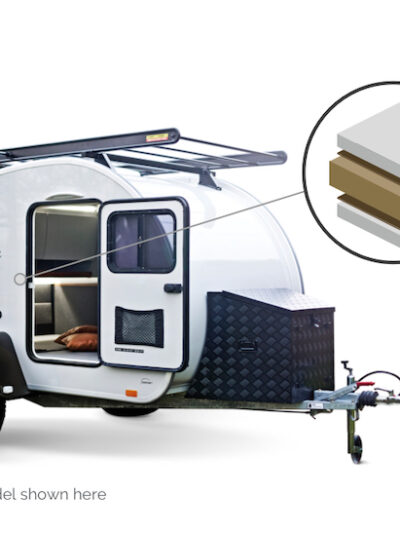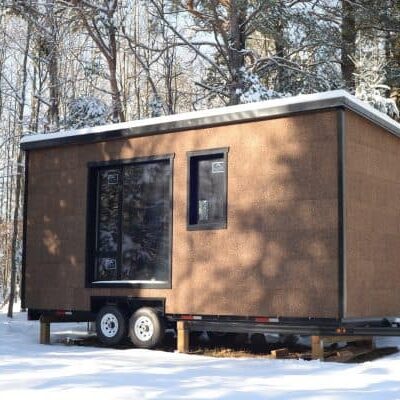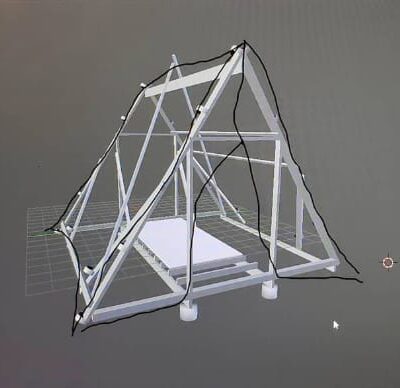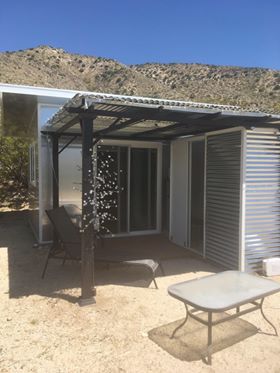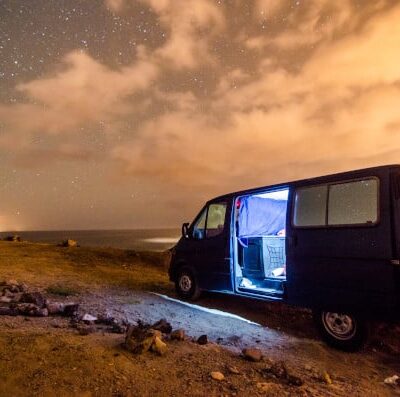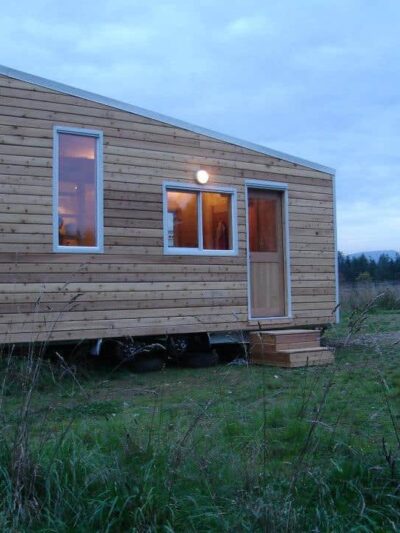How to get Rid of Mold in Your Car’s AC System
This article covers the biggest sources of mold growth in vehicles – the AC system and heating system. I go into detail on the four methods used to clean the AC/HVAC system out, from the easiest to most involved method. The AC is usually the most difficult area in the vehicle to manage microbial growth. …


